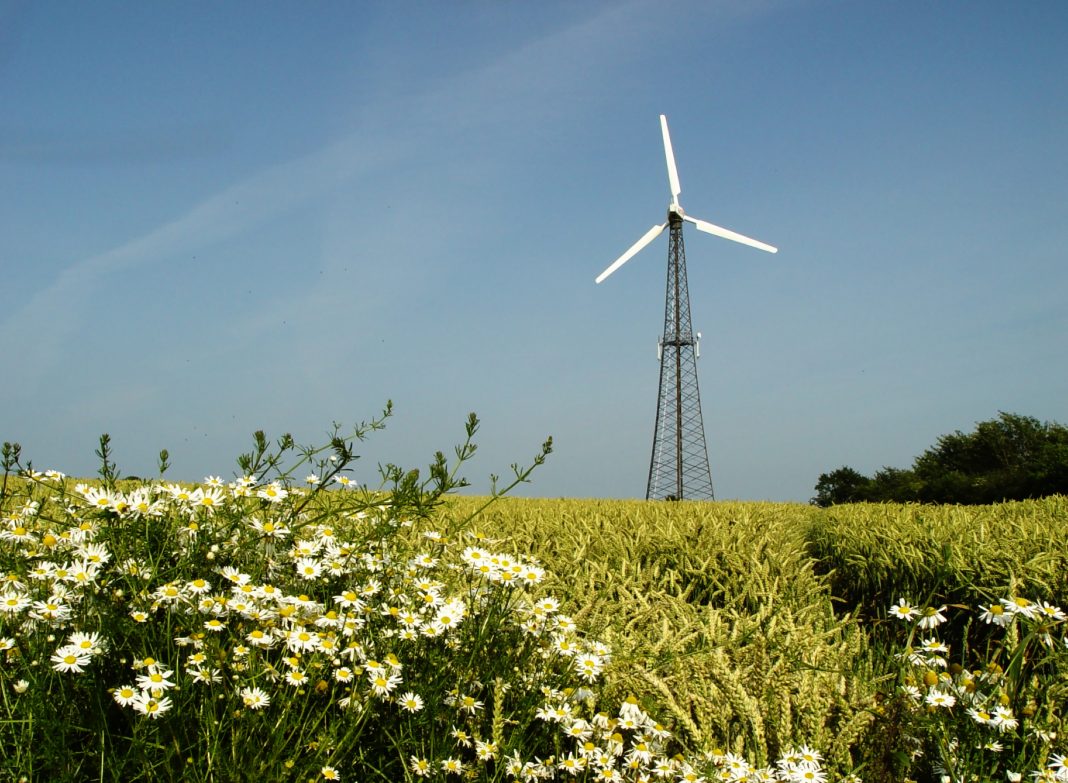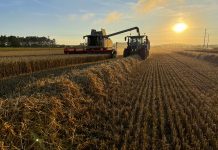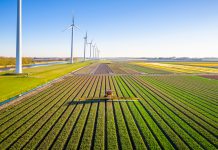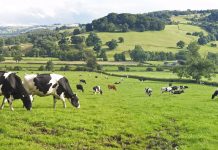Agricultural and energy industries are beginning to make shifts toward more sustainable, eco-friendly practices, like regenerative agriculture to reduce climate impact
With climate change an ever-present reality, we should be assessing each and every impact we make on our environment. In many of our industries’ current forms, we as humans are unfortunately causing significant harm to the environment. These changes are manifesting in stark climate impact.
Climate change can sometimes seem like an insurmountable problem. It’s hard to know where to start in trying to make any kind of meaningful impact. However, tools are available to us that we can implement with a high degree of effectiveness in reducing our effects on climate.
Current harmful effects caused by traditional energy sources and processes
Several industries and processes that we as humans have initiated have caused irreparable damage to our planet. These phenomena can happen in several ways. Our processes can trigger natural disasters, create direct, human-caused events, and change environmental factors to the extent that they begin to shift how natural processes happen (or cause them to cease entirely).
Our current processes can cause or exacerbate natural disasters – for instance, when heavy vehicle traffic in tenuous areas causes sinkholes or avalanches. Alternatively, our actions can cause huge problems directly, such as ocean pollution that creates toxic waste zones and kills all marine life in the area. Further, making changes to how natural ecosystems interact – such as changing a landscape by adding a dam – can create long-term shifts and disorders that can disrupt entire environmental regions.
These changes are manifesting in stark climate impact
Each of these sequences can create lasting and often devastating damage to ecosystems around the world. They not only cause massive problems for people in the forms of lost resources, damage, human injury and death, and more, but can permanently disfigure landscapes, cause animals to go extinct, break ecological relationships, and create huge resource imbalances.
One major contributing factor to negative climate impact is in the area of agriculture. The ways we’ve changed our agricultural practices to make them larger, more industrial, and more impactful have made production and industries possible that would never have been without those advances. However, they have also created significant effects, many of which are negative and lasting. A second area in which we create harmful environmental impact is our energy consumption. The amount of energy we use and the sources we use to create it are often hugely damaging.
Regenerative agriculture – why is it important?
For many people, the word “agriculture” often connotes crop farming. Red barns and newly planted fields might come to mind. Though crop farming constitutes a formative element of the agricultural ecosystem, agriculture also includes livestock raising, forestry, and fishing. We as humans interact with natural resources around the globe in some of the most fundamental and long-standing practices our species has ever engaged in. Cultivating basic necessities like food, lumber, materials, and other natural goods are accomplished across huge spectrums of effort and industry.
These processes are vital for human survival. However, many of our current agricultural systems create significant problems for the environment. From using pesticides and genetic modifications in farming that cause harm to ecosystems, to over-harvesting countless species of plants and animals and hampering the natural systems that keep those species healthy or even existent, the effects of our agricultural industries are threatening their sustainability.
“Regenerative agriculture” refers to a framework for designing agricultural processes. It attempts to act in ways that allow for the natural regeneration of any resources removed from the environment. An example of this ideology might look at how conventional crops such as corn or soybeans detract from their environments by removing nutrients from the soil every season. Recognizing this reality, regenerative agriculture would plant different crops in rotation every season to balance what elements are being removed from the soil and what is being replenished each year to keep the soil in good condition for yielding strong harvests.
Another example of regenerative agriculture is a plant-back program maintained by logging entities that include planting and cultivating new growth in their processes rather than focusing exclusively on harvesting mature trees.
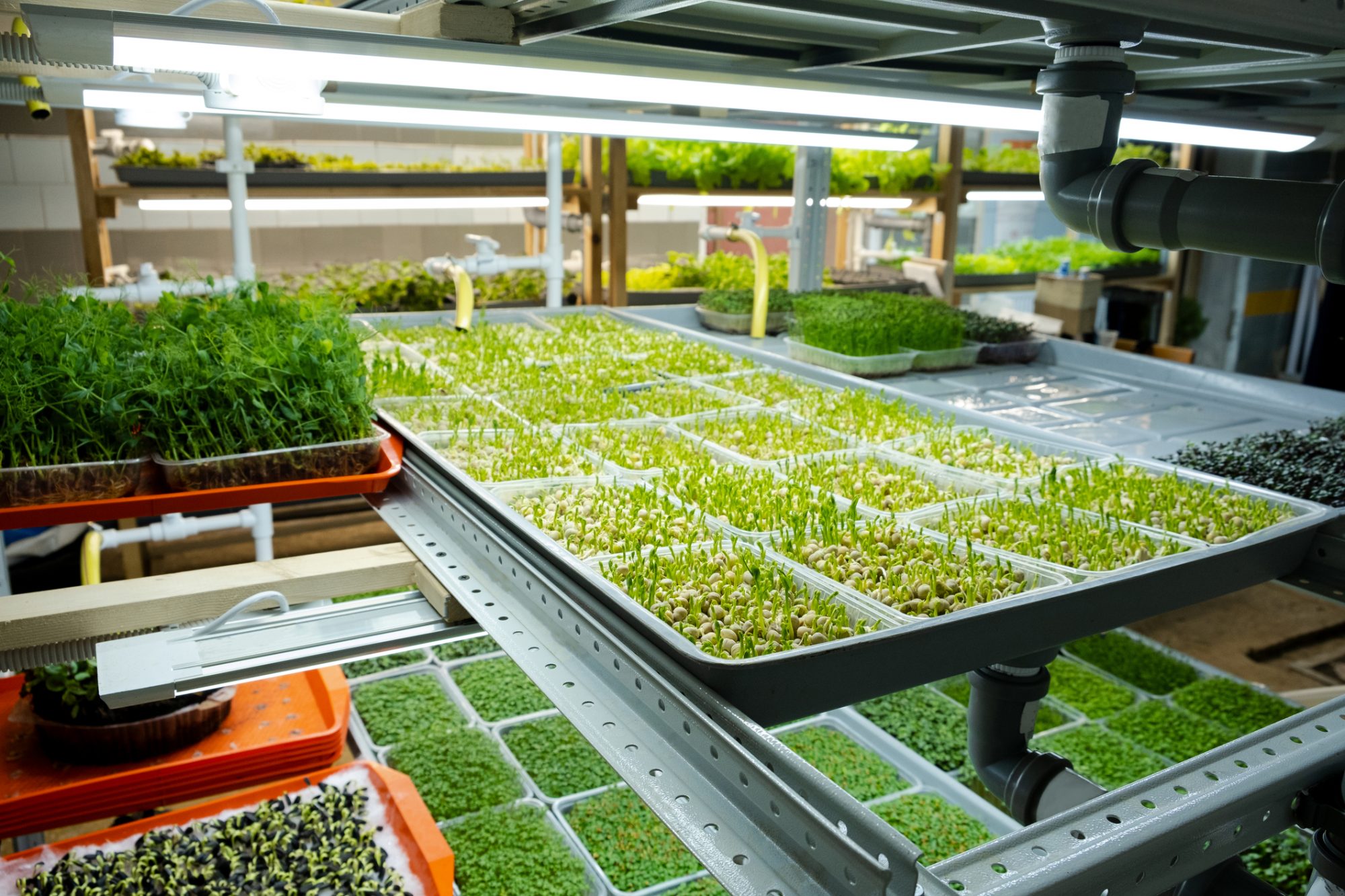
Incorporating regenerative agriculture techniques into each and every way we take resources from our natural world is imperative for our long-term sustainability and survival. Without facilitating the regeneration of the volume of resources we consume, we will eventually reach a point when we can no longer sustain the needs of the planet.
How clean energy provides a solution that can mitigate climate effects
In the 1700s, the discovery that coal could smelt iron ushered in the Industrial Age and changed humanity’s methods of creating energy forever. The cost-effectiveness and seemingly abundant amounts of coal, natural gas, and oil available to us formed a worldwide economy that is now hugely dependent on enormous quantities of these substances. We are only now staring down the consequences of such high levels of use: those fuel sources will not only run out eventually but are causing drastic problems in the meantime.
Fossil fuels can create, amongst other things, large amounts of carbon emissions and byproducts when burned. These contribute to air pollution, smog, ocean acidification, and depletion of the ozone layer.
Clean energy refers to energy that can be produced and used without creating byproducts that are harmful to the environment
Now that we’ve realized the harmful byproducts that fossil fuels produce, we are beginning to shift our usage to cleaner forms of energy. Clean energy refers to energy that can be produced and used without creating byproducts that are harmful to the environment.
Examples can include geothermal energy, hydropower, wind power, and solar power. Though each of these alternatives is still in the process of being refined and developed and is not all yet scalable enough to provide energy in global quantities, they each contribute to a portfolio of alternative methods that can eventually create the amount of energy our global economy runs on right now and mitigate the need for fossil fuels.
Making advances towards climate impact and regeneration
Though there is significant work to be done, our agricultural and energy industries are beginning to make shifts towards more sustainable, eco-friendly practices. Our survival is dependent on our planet and on maintaining its ability to function well. By proactively changing our current systems and processes, we can preserve both our species and the planet at large.
This piece was written and provided by Joe Mobley.
Joe Mobley is a conservationist and outdoor enthusiast from the Midwest. He’s an adjunct professor at local colleges teaching the importance of sustainability, regenerative agriculture, and the impacts of climate change.

